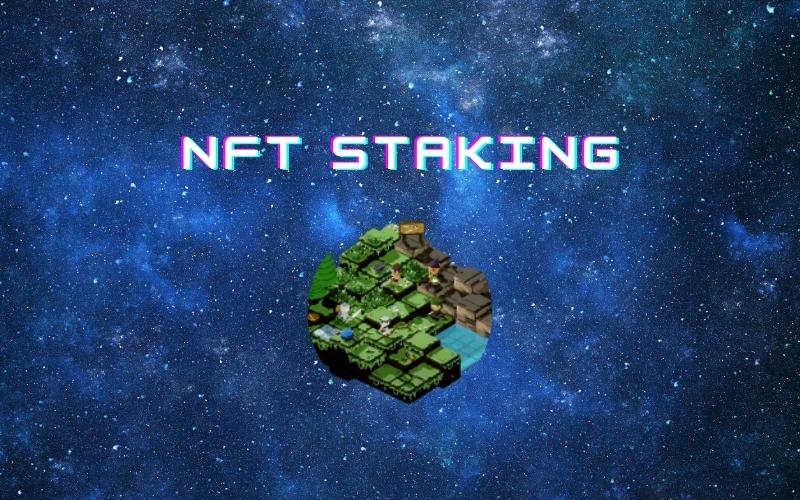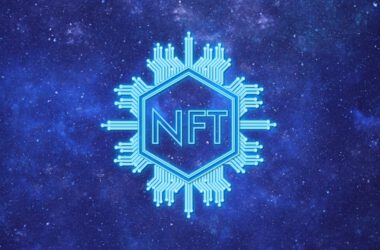When speaking of an NFT, the chief function of this token standard is to protect an image, or an in-game asset. It would make little sense to stake NFTs, especially given that each token is unique and the value is quite different.
Yet NFT staking has been proposed as a mechanism and a use case for additional passive income. NFT, after all, is simply a blockchain record, and as such can be used by a smart contract.
Owning an NFT is also often a significant investment and shows readiness to lock value for the long term. After all, an NFT is also a proof of buying a valuable asset, and can be a form of investment into a project.
For now, DeFi projects and staking mechanisms mostly use fungible tokens. But play to earn games and collections also try to offer incentives for owners to hold onto the assets. Staking may be a way to prevent too much selling. In the case of games with breeding mechanics, staking is a use case to lock up the oversupply of characters.
What NFT Staking Looks Like
NFT staking is still a nascent tool in crypto token space. For that reason, there is no unified pathway to staking. The common thread would be that a user would have to lock up the asset in such a manner that it could not be sold or re-listed.
Axie Infinity, for instance, accepts excess Axies for a process known as “release”. The NFT token is locked forever, or burned, and the character cannot be resold or bred again. In exchange for that, players get rights to digital land plots.
There are also specialized tools for NFT staking such as the NFTX platform. On NFTX, users lock in their NFT and receive fungible tokens, which can then be used to calculate value more fairly.
Why Stake NFTs
The rationale behind some NFTs is that they are meant to be held for the long term. Staking can take away the need to resell the asset, while generating passive income.
The benefit is that the NFT remains available, though locked, and does not change hands.
NFT Worlds Staking
The NFT Worlds land plots are a special case when it comes to staking. The land plots command a relatively high price, and rarely change hands.
For that reason, the game itself allows owners to lock in their land plots and receive returns. The metaverse land plot is thus an investment, which also gives voting rights on decisions about the game.
Staking an NFT Worlds will bring WRLD token rewards, and can still be used to host gameplay and to rent out to players, builders or sub-creators.
Is NFT Staking Risky
When done within the game’s rules, staking may be less risky. Sending or locking NFTs in unknown smart contracts, however, may have a higher risk of loss.
The other risk is the market price of rewards. There is no guarantee that the staking rewards will have a favorable performance. For instance, generating WRLD tokens for staking land plots may mean that WRLD depreciates faster because of high supply and selling pressure.
Still, NFT staking is yet another instrument to achieve earnings in a space of growing value.










